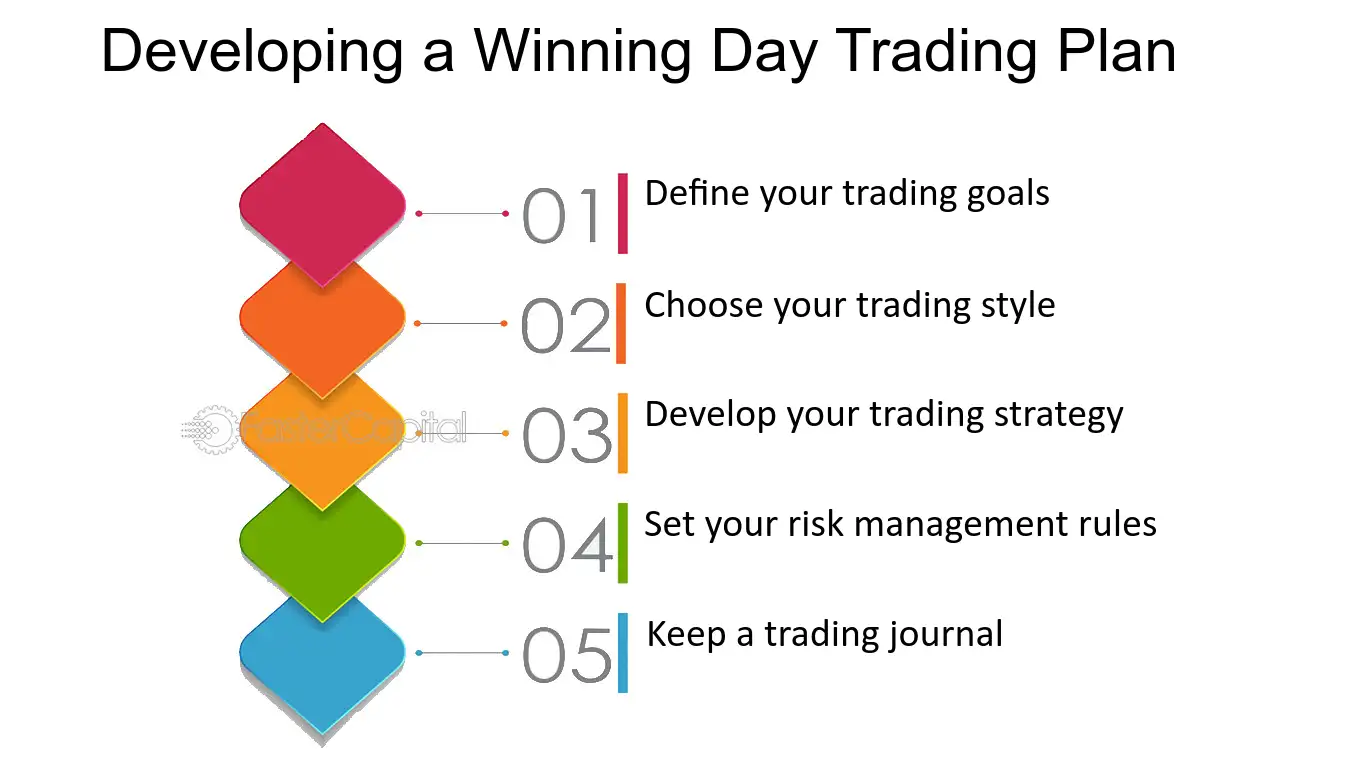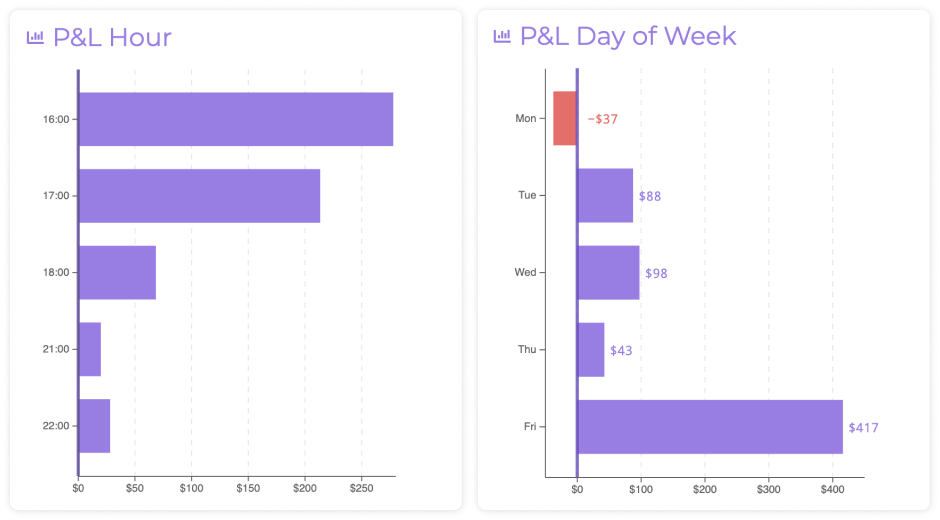Did you know that even the best day traders sometimes feel like they’re playing a game of whack-a-mole with market trends? In this comprehensive guide, we explore effective day trading strategies that can significantly enhance your trading performance. Discover how to choose the right strategy tailored to your style, delve into scalping techniques, and learn the importance of technical analysis. We cover essential indicators for success, risk management tactics, and the impact of market psychology on your trades. For beginners, we outline strategies to get started, common pitfalls to avoid, and how to develop a solid day trading plan. Moreover, we discuss finding the best stocks and the critical role of timing and news events. Plus, we’ll emphasize the benefits of maintaining a trading journal, setting realistic goals, and using the right platforms. With insights from DayTradingBusiness, you’ll be better equipped to stay disciplined and thrive in the fast-paced world of day trading.
What Are the Most Effective Day Trading Strategies?
The most effective day trading strategies include:
1. Scalping: Focus on small price changes, executing multiple trades throughout the day to accumulate profits quickly.
2. Momentum Trading: Identify stocks moving significantly in one direction with high volume, then trade in the direction of that momentum.
3. Reversal Trading: Look for stocks that have had a strong move in one direction and anticipate a reversal, entering trades at key support or resistance levels.
4. Breakout Trading: Buy stocks that break through key resistance levels or sell short when they break below support, capitalizing on increased volatility.
5. News Trading: Monitor news releases and economic reports, trading on the volatility that follows significant announcements.
6. Technical Analysis: Use chart patterns, indicators, and candlestick formations to make informed trading decisions.
Choose a strategy that fits your risk tolerance and trading style for the best results.
How Do I Choose a Day Trading Strategy That Suits Me?
To choose a day trading strategy that suits you, start by assessing your risk tolerance and trading style. Consider whether you prefer scalping for quick profits, momentum trading for trending stocks, or reversal trading for price corrections. Next, evaluate your available time—if you can dedicate only a few hours, focus on strategies that require less constant monitoring. Test different strategies with a demo account to see what feels comfortable and aligns with your goals. Lastly, analyze your results and adjust your approach based on what works best for you.
What Is Scalping in Day Trading and How Does It Work?
Scalping in day trading is a strategy focused on making small profits from numerous trades throughout the day. Traders buy and sell stocks quickly, often holding positions for just seconds to minutes. The goal is to capitalize on tiny price fluctuations.
To implement scalping, traders typically use high leverage, tight stop-loss orders, and advanced charting techniques. They rely on real-time data and quick decision-making to execute trades efficiently. This strategy demands a solid understanding of market trends and effective risk management.
How Can I Use Technical Analysis for Day Trading?
To use technical analysis for day trading, focus on these key steps:
1. Chart Patterns: Identify patterns like flags, triangles, and head-and-shoulders to predict price movements.
2. Indicators: Utilize indicators such as Moving Averages, RSI, and MACD to gauge momentum and potential reversals.
3. Volume Analysis: Monitor trading volume to confirm trends; rising volume often indicates strong price moves.
4. Support and Resistance: Mark key support and resistance levels to determine entry and exit points.
5. Time Frames: Use shorter time frames, like 1-minute or 5-minute charts, to make quick decisions.
6. Risk Management: Set stop-loss orders to protect your capital and define your risk-reward ratio for each trade.
7. Backtesting: Test your strategies on historical data to assess their effectiveness before applying them in real-time.
Applying these techniques can enhance your day trading strategy, helping you make informed decisions based on market movements.
What Are the Best Indicators for Day Trading Success?

The best indicators for day trading success include:
1. Moving Averages: Use short-term (e.g., 5 or 10-day) and long-term (e.g., 50 or 200-day) moving averages to identify trends.
2. Relative Strength Index (RSI): Helps determine overbought or oversold conditions, indicating potential reversals.
3. MACD (Moving Average Convergence Divergence): Signals changes in momentum and trend direction.
4. Bollinger Bands: Measure volatility and can indicate potential price breakouts or reversals.
5. Volume: High trading volume can confirm trends and signal strength or weakness in price movements.
6. Stochastic Oscillator: Compares a security's closing price to its price range, helping to identify overbought or oversold conditions.
Combine these indicators for a comprehensive strategy that enhances your day trading effectiveness.
How Do I Manage Risk in Day Trading?
To manage risk in day trading, set a strict stop-loss for each trade, typically at 1-2% of your capital. Diversify your trades to avoid overexposure to a single asset. Use position sizing to determine how much to invest based on your risk tolerance. Keep a trading journal to analyze your decisions and outcomes. Additionally, avoid trading during high-volatility news events to minimize unexpected losses. Stick to your trading plan and avoid emotional decisions.
What Role Does Market Psychology Play in Day Trading?
Market psychology significantly influences day trading by affecting traders' decisions and market movements. Emotions like fear and greed can drive volatility, leading to rapid price changes. Understanding market sentiment helps traders anticipate shifts, enabling them to make informed decisions. For instance, recognizing bullish or bearish trends can guide entry and exit points. Additionally, psychological factors can result in herd behavior, where traders follow the crowd, impacting stock prices. Successful day traders leverage market psychology to develop strategies that capitalize on these behaviors, enhancing their chances of profit.
What Are Effective Day Trading Strategies for Beginners?
Day trading strategies for beginners include scalping, momentum trading, and range trading. Scalping involves making quick trades to profit from small price changes. Momentum trading focuses on stocks trending in a particular direction, while range trading capitalizes on price oscillations within a defined range. These day trading strategies that work require discipline, risk management, and a solid understanding of market indicators.
Learn more about: Day Trading Strategies for Beginners
How Can I Develop a Day Trading Plan?

To develop a day trading plan, start by defining your trading goals and risk tolerance. Identify the markets and instruments you want to trade, such as stocks or forex. Create rules for entry and exit points based on technical analysis or patterns. Set a daily loss limit to manage risk and protect your capital. Establish a routine for reviewing and adjusting your strategies regularly. Finally, keep a trading journal to track your trades and outcomes, helping you refine your approach over time.
What Are the Common Mistakes to Avoid in Day Trading?
Common mistakes to avoid in day trading include:
1. Overtrading: Taking too many positions can lead to losses.
2. Ignoring Risk Management: Not setting stop-loss orders can result in significant losses.
3. Chasing Losses: Trying to recover losses quickly often leads to poor decisions.
4. Lack of Research: Trading without understanding market conditions or news can be detrimental.
5. Emotional Trading: Allowing emotions to dictate trades can cause irrational decisions.
6. Poor Timing: Entering or exiting trades at the wrong moment can hurt profits.
7. Neglecting a Trading Plan: Trading without a clear strategy often leads to confusion and losses.
8. Ignoring Fees: High transaction costs can erode profits if not accounted for.
Avoiding these pitfalls can significantly improve your day trading success.
Learn about Common Mistakes in Day Trading Scalping and How to Avoid Them
How Do I Find the Best Stocks for Day Trading?
To find the best stocks for day trading, focus on these key strategies:
1. Liquidity: Look for stocks with high trading volume. This ensures you can enter and exit positions quickly.
2. Volatility: Choose stocks that have significant price swings. Higher volatility often leads to better profit opportunities.
3. News Catalysts: Monitor news and earnings reports. Stocks that react to news can provide quick trading opportunities.
4. Technical Analysis: Use charts to identify patterns and key support/resistance levels. This helps in making informed entry and exit decisions.
5. Watchlists: Create a watchlist of stocks that meet your criteria. Regularly update it based on market conditions.
Combine these strategies to pinpoint stocks that fit your day trading goals.
Learn about Tools to Find the Best Day Trading Stocks
What Is the Importance of Timing in Day Trading?
Timing in day trading is crucial because it directly impacts entry and exit points, affecting profits and losses. Proper timing allows traders to capitalize on market volatility and price movements. For instance, entering a trade just before a stock spikes can maximize gains, while exiting at the right moment can minimize losses. Additionally, timing helps traders align with market trends and news events, ensuring they make informed decisions. Overall, successful day trading hinges on precise timing to optimize returns.
How Can I Use News Events to My Advantage in Day Trading?
Monitor news events that impact markets, like earnings reports, economic indicators, and geopolitical developments. Use a news calendar to stay updated. React quickly to breaking news; prices can shift rapidly, presenting trading opportunities. Analyze how past events affected stock movements to develop strategies. Consider using limit orders to manage volatility. Always assess the potential risk and reward before entering trades based on news.
Learn about How to Use News to Your Advantage in Futures Day Trading
What Are the Benefits of Using a Trading Journal?

Using a trading journal offers several key benefits for day traders. First, it helps track performance by recording trades, strategies, and outcomes, allowing you to identify what works and what doesn’t. Second, it enhances discipline by encouraging a systematic approach to trading, reducing emotional decisions. Third, reviewing past trades fosters continuous learning, helping you refine strategies and avoid repeating mistakes. Lastly, it aids in setting clear goals and measuring progress, keeping you accountable and focused on your trading journey.
How Do I Set Realistic Goals for Day Trading?
To set realistic goals for day trading, start by defining clear, measurable objectives. Focus on achievable profit targets based on your account size and risk tolerance. Limit your daily loss to a percentage of your capital, usually between 1-2%. Develop a trading plan that includes specific strategies, entry and exit points, and review it regularly. Keep expectations grounded; aim for consistent, small gains rather than large, infrequent wins. Monitor your performance, adjust goals as needed, and stay disciplined to stick to your plan.
Learn about How to Set Realistic Goals in Day Trading
What Platforms Are Best for Day Trading?
The best platforms for day trading include:
1. TD Ameritrade: Offers robust tools and research options.
2. E*TRADE: Great for its user-friendly interface and educational resources.
3. Interactive Brokers: Ideal for advanced traders due to low commissions and extensive market access.
4. Fidelity: Strong research and no commission on U.S. stocks.
5. Webull: Excellent for commission-free trading and real-time market data.
Choose based on your trading style, fees, and available features.
How Can I Stay Disciplined as a Day Trader?
To stay disciplined as a day trader, establish a clear trading plan that outlines your entry and exit strategies, risk management rules, and daily goals. Set a strict routine, including specific trading hours, to maintain focus. Use stop-loss orders to limit losses and avoid emotional decisions. Keep a trading journal to track your trades and reflect on your performance. Regularly review your strategies and adjust as needed. Finally, practice mindfulness techniques to manage stress and maintain composure during volatile market conditions.
Learn about How to Stay Disciplined in Futures Day Trading
Conclusion about Day Trading Strategies That Work: A Comprehensive Guide
Mastering day trading requires a solid understanding of effective strategies, risk management, and market psychology. By choosing a strategy that aligns with your trading style, leveraging technical analysis, and utilizing the right indicators, you can enhance your trading success. Remember to keep a trading journal, set realistic goals, and stay disciplined to navigate the complexities of the market. For those seeking in-depth knowledge and support, DayTradingBusiness offers valuable insights and resources to help you thrive in your trading journey.